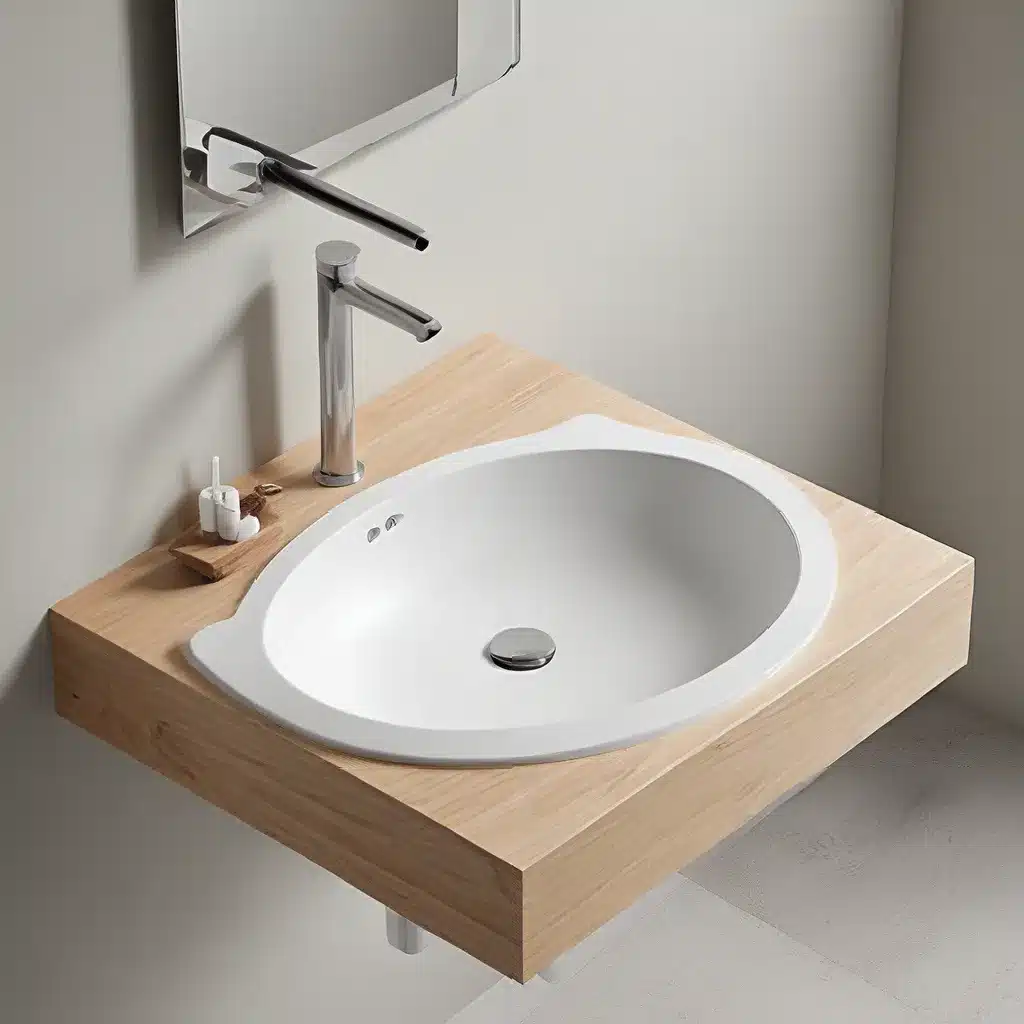
In the world of bathroom design, the humble washbasin has undergone a remarkable transformation. Gone are the days of plain, unassuming sinks – today’s sustainable washbasin designs are redefining the way we think about this essential fixture. From cutting-edge materials to innovative shapes and features, these eco-friendly washbasins are poised to revolutionize the industry.
Embracing Sustainable Materials
One of the most striking trends in washbasin design is the use of sustainable materials. Recycled glass, for example, has become a popular choice, offering a unique and visually stunning alternative to traditional ceramic or porcelain. These basins not only reduce waste but also showcase the natural beauty of repurposed materials, with each one-of-a-kind piece reflecting the individual character of the glass.
Another innovative material making waves in the industry is bamboo. This fast-growing, renewable resource is being used to create washbasins that combine durability, style, and environmental responsibility. Bamboo’s inherent water-resistance and natural antibacterial properties make it an ideal choice for bathroom fixtures, while its warm, organic appearance adds a touch of natural elegance to any space.
Rethinking the Shape and Function
Beyond the materials, sustainable washbasin designs are also challenging the traditional basin shape. Organic, asymmetrical forms are gaining popularity, with basins that resemble natural rock formations or flowing water. These unique shapes not only enhance the visual appeal of the bathroom but also offer practical benefits, such as increased accessibility and improved water flow.
In addition to their aesthetic appeal, many of these sustainable washbasins are designed with water conservation in mind. Low-flow faucets and specialized basin shapes that minimize water usage are becoming increasingly common, allowing homeowners and businesses to reduce their environmental impact without sacrificing functionality.
Case Study: The Sustainable Sanctuary
One prime example of the sustainable washbasin revolution can be found in the newly renovated bathrooms of the Sustainable Sanctuary, a cutting-edge eco-hotel in the heart of the Pacific Northwest. Designed with a focus on environmental responsibility, the Sanctuary’s guest bathrooms feature a stunning array of recycled glass basins and bamboo vanities, seamlessly blending form and function.
“When we decided to overhaul our bathrooms, we knew we wanted to showcase the latest in sustainable design,” says the Sanctuary’s director of sustainability, Alex Greenfield. “The recycled glass basins and bamboo vanities not only look beautiful, but they also align with our commitment to reducing our carbon footprint and providing our guests with a truly eco-conscious experience.”
Maintenance and Installation Considerations
While the allure of these sustainable washbasin designs is undeniable, it’s important to consider the practical aspects of installation and maintenance. Many of the innovative materials, such as recycled glass and bamboo, may require specialized care and cleaning techniques to preserve their beauty and longevity.
Proper cleaning and maintenance procedures are crucial for ensuring that these sustainable washbasins continue to perform and look their best. Homeowners and contractors should familiarize themselves with the specific care requirements of each material to ensure a long-lasting, trouble-free installation.
Trends and the Future of Sustainable Washbasins
As the demand for eco-friendly bathroom fixtures continues to grow, the sustainable washbasin market is poised for even more exciting developments. Emerging technologies, such as the use of reclaimed wood and 3D-printed basins, are paving the way for even more innovative and sustainable design options.
Additionally, the increasing focus on water conservation and energy efficiency in homes and commercial buildings is driving the development of washbasins that not only look beautiful but also contribute to a more sustainable future. Washbasin manufacturers are constantly exploring new ways to reduce water usage, minimize waste, and incorporate renewable materials into their products.
Conclusion
The sustainable washbasin revolution is well underway, and these eco-friendly designs are poised to transform the way we think about bathroom fixtures. From recycled glass to bamboo, these innovative products offer a compelling blend of style, functionality, and environmental responsibility. As homeowners, designers, and contractors continue to prioritize sustainable solutions, the future of washbasins looks brighter – and more sustainable – than ever before.

